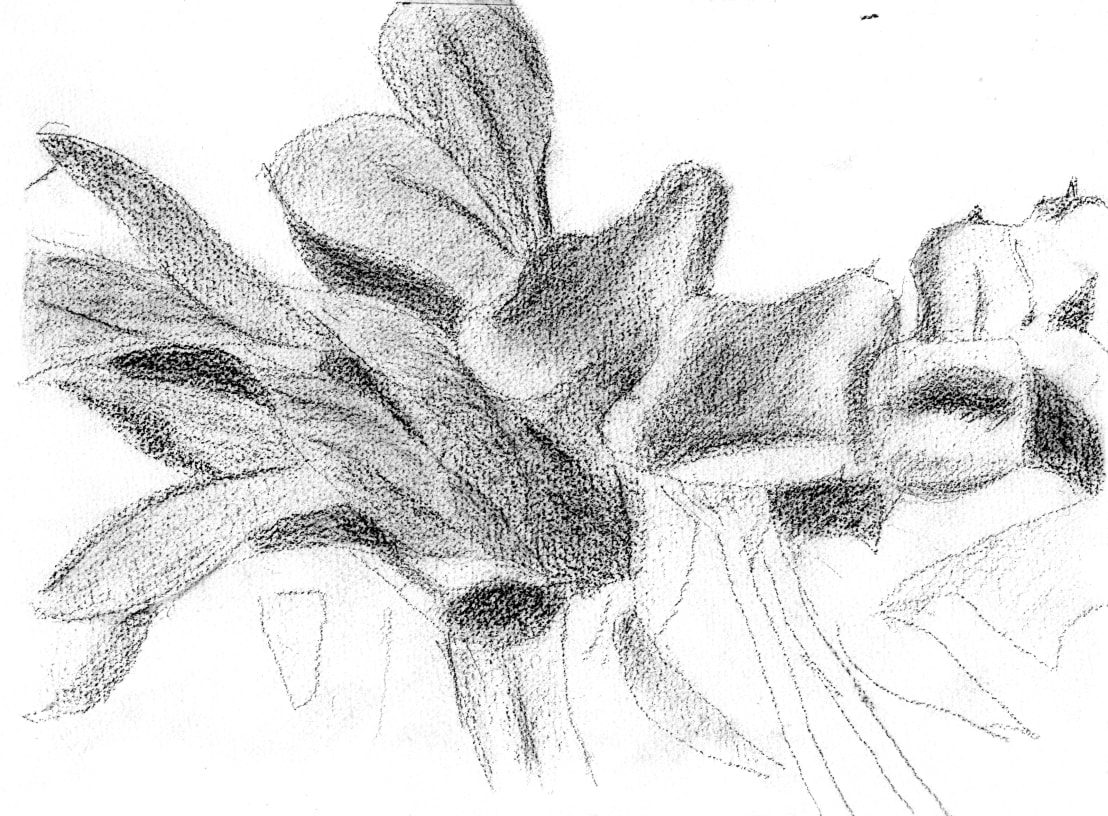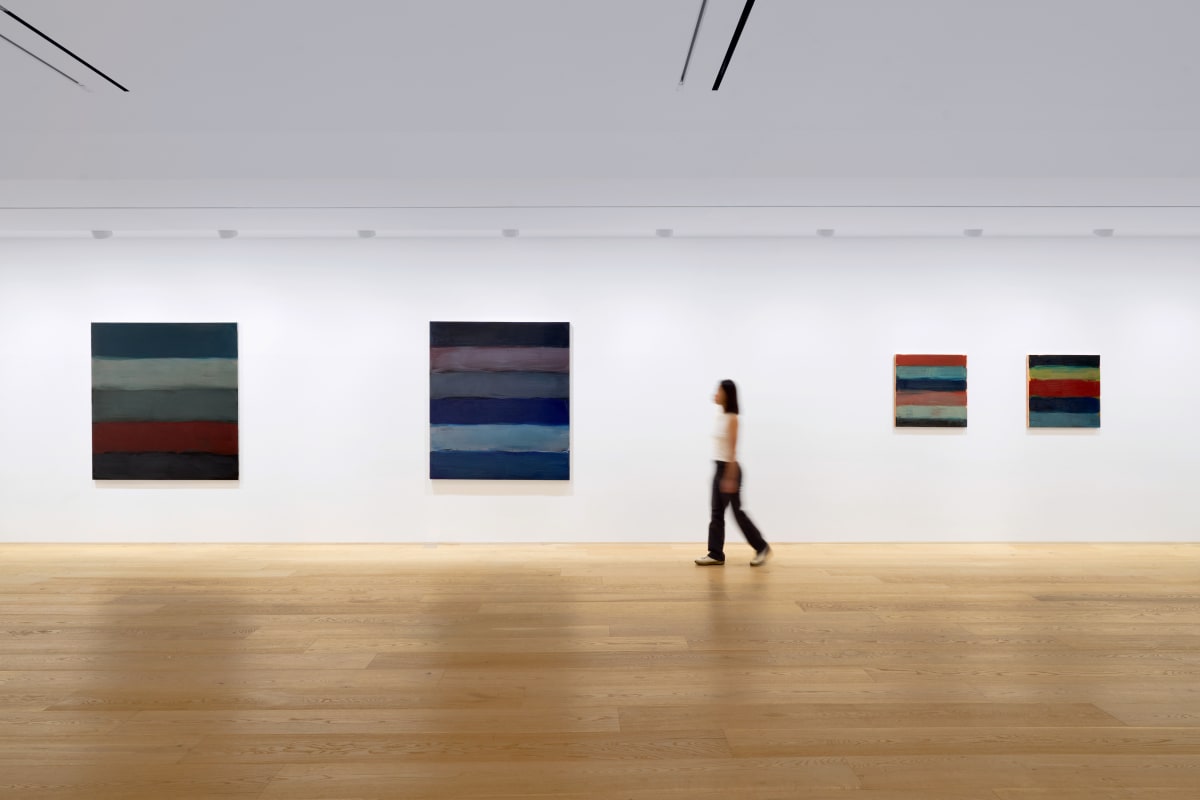Amos Gitai With the Power of Memory
Israeli director Amos Gitai was seriously wounded as a soldier. His films revolve around trauma and conflict. He is now exhibiting his early drawings and new ceramics for the first time.
From the windows, you can see the blooming bosquets in Salzburg's Mirabell Gardens, and in the many light-flooded rooms of Villa Kast, which borders the palace park, you marvel at the new, unexpectedly figurative, sometimes surrealistic sculptures by Tony Cragg. Against this magnificent backdrop, the small studio space could easily be missed. Abstract drawings hang on the walls, powerful strokes with a graphite pencil, colourful loops of pastel chalk on yellowed paper or torn-out newspaper pages. Only slowly, little by little, faces emerge from the scribbles. Frightened, suffering, traumatised faces.
Amos Gitai drew the pictures in the autumn of 1973, under the direct impression of the Yom Kippur War. The young architecture student from Israel, son of the Bauhaus architect Munio Weinraub, who fled Nazi Germany in 1933, had just completed his military service. Together with two fellow reservists, he wanted to celebrate Yom Kippur, the highest Jewish holiday, when the sirens of Haifa suddenly began to wail on the afternoon of 6 October 1973. In a surprise attack, Egypt and Syria had attacked the state of Israel in order to recapture the occupied Sinai Peninsula and the Golan Heights. Gitai and his comrades set off to "find the war" and travelled north. They were unable to join their former unit, but at Ramat David military airfield they were recruited as paramedics by the air rescue service. For five days, as part of a seven-man unit, they flew killed and wounded soldiers from the battlefield in Golan.
On the sixth day, it was Amos Gitai's 23rd birthday, a Syrian missile hit the rescue helicopter. The co-pilot was killed, the pilot managed to crash-land on Israeli territory and all the other occupants of the helicopter were seriously injured. "I was born on the same day and around the same hour and was almost killed," is how Gitai described his feelings after the helicopter was shot down. When he was able to leave hospital a few days later, a new life began for him, an afterlife as an artist. Above all as a filmmaker and screenwriter who has never let go of these experiences and who has processed the Yom Kippur War again and again.
Gitai's drawings, which are now being exhibited in the classicist Villa Kast - the location of the Thaddaeus Ropac gallery in Salzburg - are intuitive depictions of these wartime impressions.


















































































































































































